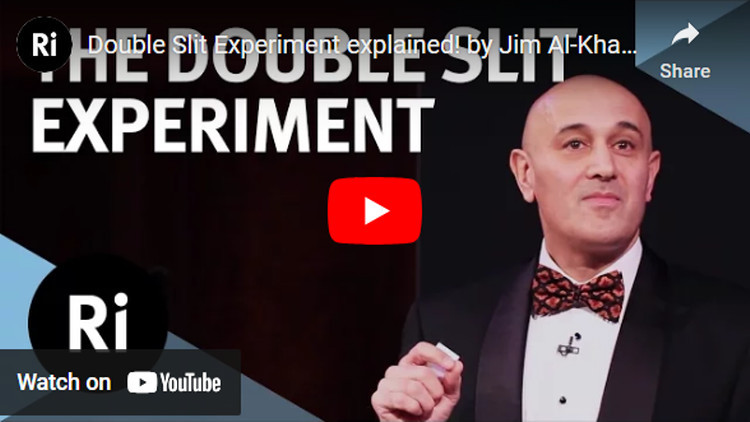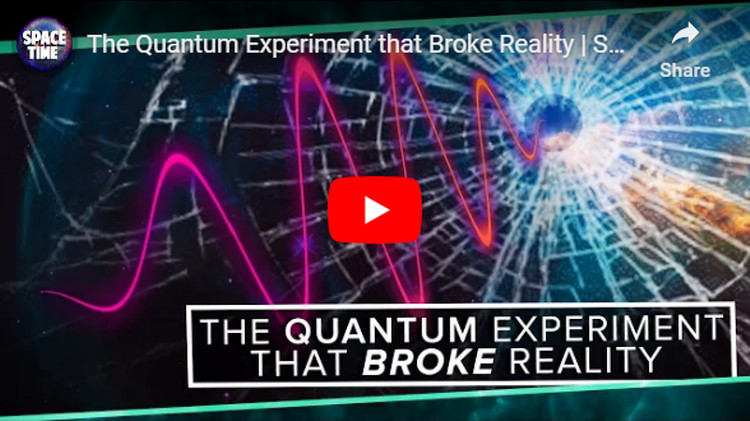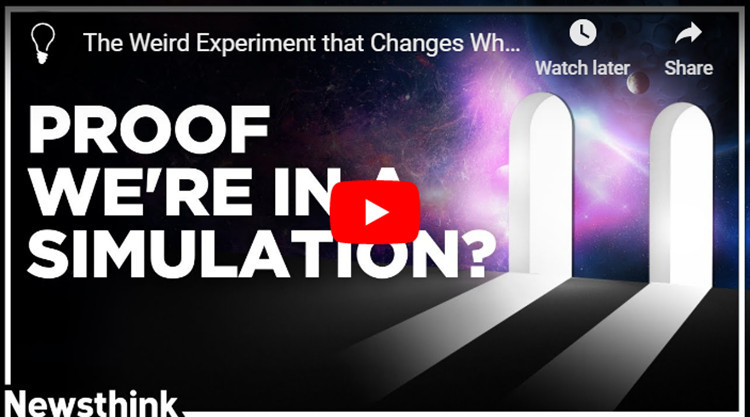Double Slit Experiment Explained
Double Slit Experiment Explained! By Jim Al-Khalili
Aug. 10, 2023 - Sometimes called the "two-slit" or "Young's" experiment, it demonstrates that matter and energy can display the characteristics of both waves and particles, establishing the principle known as wave-particle duality. Furthermore, it questions the role of the observer in the outcome of events and demonstrates the fundamental limitation of an observer to predict experimental results. For this reason, Richard Feynman called it "a phenomenon which is impossible ... to explain in any classical way, and which has in it the heart of quantum mechanics. In reality, it contains the only mystery [of quantum mechanics]," (see more at http://en.wikipedia.org/wiki/Double-s....
In physics, a quantum (pl: quanta) is the minimum amount of any physical entity (physical property) involved in an interaction. The fundamental notion that a physical property can be "quantized" is referred to as "the hypothesis of quantization".[1] This means that the magnitude of the physical property can take on only discrete values consisting of integer multiples of one quantum.
For example, a photon is a single quantum of light of a specific frequency (or of any other form of electromagnetic radiation). Similarly, the energy of an electron bound within an atom is quantized and can exist only in certain discrete values. (Atoms and matter in general are stable because electrons can exist only at discrete energy levels within an atom.) Quantization is one of the foundations of the much broader physics of quantum mechanics. Quantization of energy and its influence on how energy and matter interact (quantum electrodynamics) is part of the fundamental framework for understanding and describing nature. source



